43 open loop geothermal piping diagram
In most cases for an open loop system, the system should be designed to allow continuous operation of the production well. This is often accomplished using a variable speed controller or control valve. ... Selection of the column (for a VTP) or riser (for a submersible) drop pipe for a geothermal well installation is generally the same as for a ... 2 questions:1) Anyone know of a diagram explaining how a Desuperheater should be plumbed with a 2 tank system (unpowered buffer & NG. Energy Star promotes the desuperheater; however, it only efficiently produces hot Open Loop Well - Typical piping diagram.
Geothermal earth loops come in several different configurations depending on space availability and soil properties. Loop fields can be located under parking lots, landscaped areas, or any number of other locations. All earth loops use high-density polyethylene pipe to circulate either water or an antifreeze mixture.
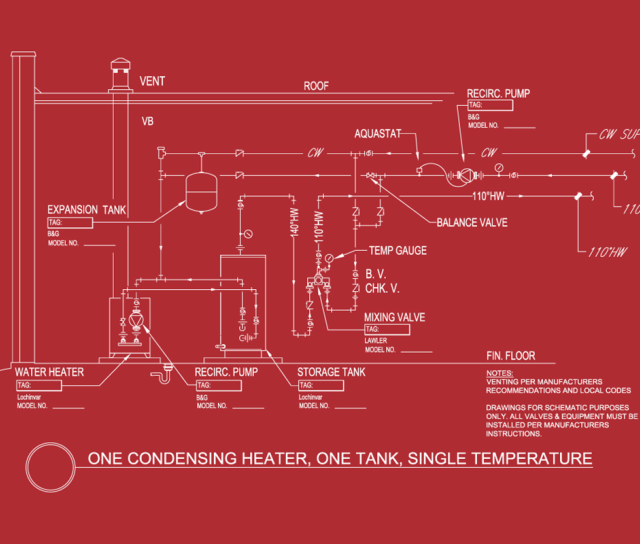
Open loop geothermal piping diagram
The ground loop is a key part of the geothermal system and it must be properly designed and installed. The plans to the loop field are easy to understand but applying the technology to the design is quite complicated. Careful design is necessary to ensure that there is sufficient capacity available for the geothermal heat pump to operate properly. Nov 16, 2007 — Manual 2100-099N ... X. CLOSED LOOP SYSTEMS SUSPENDED IN PONDS AND . ... to protect both the heat pump unit and the ground loop piping.70 pages With an open loop system there is no need for expensive geothermal drilling rigs and a lot of piping. All you need is piping from the heat pump to your water source, and a trench to bury it in. With an open loop system, you simply draw water from the water source, run it through your heat pump, and pump it back to the source. That's it! Some people affectionately call open loop systems the "pump and dump" method.
Open loop geothermal piping diagram. by PE Kirk Mescher — vertical closed-loop systems (two-pipe design) call for a target ... Figure 6: Two-pipe variable flow heat pump connection diagram.17 pages Vertical Loops. • One bore per ton • Bore hole spacing 10 ft minimum • One circuit at 3 GPM flow per ton for ¾" and 1" circuits •U-Bend pipe sizes ¾" & 1" ID. -ASTM PE3408 HD Geothermal PE pipe. • Many states require bentonite grouting • Some locales restrict drilling • Bore Hole Depth (typical) -North 150 -200ft/ton. Piping Installation 5 Electrical Wiring 9 Flushing the Earth Loop 10 Antifreeze Selection 13 Antifreeze Charging 15 Low Temperature Cutout Selection 16 Flow Controller Pump Curves 17 Pump Replacement 18 Geothermal Closed Loop Design 19 Loop Fusion Methods 19 Parallel Loop Design 19-22 Closed Loop Installation 23-24 Pressure Drop Tables 25-30 What's an Open Loop Geothermal System? An open loop geothermal system pipes clean ground water directly from a nearby aquifer to an indoor geothermal heat pump. After the water leaves the home, it's expelled back through a discharge well, which is located a suitable distance from the first. The water may also be directed into a local pond or approved drainage ditch, depending on local codes. Because open-loop systems utilize water on a "once through" basis, they are often referred to ...
Unlike geothermal systems of the past our closed loop system actually are open loop non pressurized. This makes installation much simpler. The pump station will automatically remove the air from the piping and makes commissioning a system so much easier. Schematic Diagram of an Open Loop Geothermal System in Heating Mode . 8 Types of Ground Source Heat Pumps There are two basic categories of geothermal systems, closed loop and open loop systems: ... Piping can also be placed in ponds, if such a water body exists nearby. See diagrams o Open Loop/Well Water Gallons per minute_____ Discharged to_____ Loop Antifreeze: (Type) _____ ... Earth loop circuit — The piping system buried in the ground or in the pond (or well water) with fluid that is circulated ... Hot water circuit — Domestic water can be heated in a geothermal unit with a device called a hot water assist. A ... install than a single geothermal unit, and work almost as well. Types of Geothermal Heat Pumps Geothermal heat pumps come in four types of loop systems that loop the heat to or from the ground and your house. Three of these - hori-zontal, vertical, and pond/lake - are closed-loop systems. The fourth type of system is the open-loop option.
takes up far less space. For example, a 1" [25mm] diameter pipe can carry as much heat as a 10" x 19" [254 x 483 mm] rectangular duct carrying hot air at 130°F [54°C]. In addition, the mass of the ground loop [geothermal piping] and/or radiant fl oor piping provides thermal storage, allowing the system to virtually ignore A typical pilot operated solenoid valve draws approximately 15VA. Note the special wiring diagrams later in this manual for slow closing valves. Flow Regulation.32 pages Geothermal systems use the earth as a heat source and heat sink. A series of pipes, commonly called a "loop," carry a fluid used to connect the geothermal system's heat pump to the earth. Closed and Open Loops There are two basic types of loops: closed and open. Open loop systems are the simplest. Used successfully for decades, ground of 330 kWh of energy and $36 compared to operating just the open loop geothermal system. From April 2 nd to June 5 th the combination system consumed a total of 2,510 kWh of energy and cost $274 to operate.
The Loops are the portion of the system that bring water/fluid from the ground and give it to your new heating and cooling unit GSHP to heat or cool your home. This is what 2400' of ¾" HDPE pipe looks like. It's 4 Loops. The Loops are basically very long pieces of garden hose (HDPE pipe) that have water in them.
A Closed Loop System uses buried high-density polyethylene (HDPE) plastic piping installed in drilled and grouted boreholes that conductively exchanges thermal (heat) energy with the ground via circulating water or a water/antifreeze mixture through the piping system. An Open Loop System is a series of standard water wells that extract
Open Loop Installation. Open loop systems are the simplest to install and have been used successfully for decades in areas where local codes permit. In this type of system, ground water from an aquifer is piped directly from a well to the building where it transfers its heat to a geothermal heat pump.
504W11 Geothermal Hydronic Heat Pump 5 Series OptiHeat Installation Manual 3 to 5 Tons NEW Series ... recommended for open loop applications due to the increased resistance to build-up and corrosion, along with ... The piping installation should provide service personnel with
DESIGN OF CLOSED-LOOP GEOTHERMAL HEAT EXCHANGERS IN THE U.S. Edited by John W. Lund Geo-Heat Center E-mail: lundj@oit.edu INTRODUCTION Geothermal heat pumps (aka ground-source heat pumps) (GHP or GSHP) are used in two basic modes: ground coupled (vertical or horizontal) - closed loop, or groundwater types - open loop (Figure 1 and 2).
Ball State's loop consists of approximately 3,600 boreholes, 400 to 500 feet deep. The boreholes are 4 to 5 inches in diameter. During Phase 1, 1,800 boreholes were drilled. Phase 2 will include the drilling of 1,800 additional boreholes, ending with more than 1,000 miles of geothermal piping installed.
Boiler circulator(s) must be rated for open loop applications. Do not use cast-iron circulators. 3. Boiler circulator(s) operate continuously. 4. The minimum pipe size for connecting to a water storage tank is 1 ½". 5. The minimum pipe size for connecting the boiler is 1 ½" for the Mod Con 300 VWH and 2" for the 500 and 850 models. 6.
Heat Rejection into the loop - 32,003 BTUs - This is what concerns the Geothermal Field Designer. Heat rejected / Energy IN = 32,003/4,888 = COP of 6.5 with respect to geo field Cooling load COP = 27,198/4,888 = 5.5
discussed here. Geothermal systems come in several different configurations, each with its own strengths and weaknesses. These are discussed below. Figure 4 - Open Loop Open vs. Closed Loop Open loop systems draw ground water directly into the building and heat/cool the heat pumps with it. The system requires sufficient ground water to
The amount of water required for the operation of a geothermal heat pump on an open loop is 1.5 gallons per minute, per ton of capacity. For example, if you need a 3-ton geothermal heat pump, your water requirements would be 4.5 gallons per minute. The temperature of the water may increase the flow requirements.
Types of Geothermal Loop Systems Closed Loop Systems. This system consists of three different versions: Horizontal, Vertical and Pond. Usually a closed loop system will circulate an antifreeze through the pipe system and at the point it meets the system's heat exchanger, heat will be transferred from the refrigerant in the heat pump to the antifreeze solution.
Open Loop Geothermal. Open loop geothermal systems use groundwater, which acts as a refrigerant to transfer thermodynamic energy. Because water is an excellent thermal conductor and groundwater is naturally insulated and much closer in temperature to the surrounding ground, open loop geothermal systems are an excellent choice for efficiency ...
loop heat pump (WLHP) or water source heat pump. Although the piping loop inside the building is similar, there are several important differences. Figure 2 is a diagram of conventional WLHP. Water-to-air heat pumps are located throughout the building. Local zone temperature is achieved with conventional on-off thermostats.
Secondary Loop Attributes Demand Fluid Control Secondary pump flow control Little loop temp control Unit by unit diversity No flow regulators Low system pump head Primary pump can be sized for BLOCK load conditions No drive/pump/static control head inefficiency Challenges Temperature control Pipe Length/pressure loss Last heat pump will have
With an open loop system there is no need for expensive geothermal drilling rigs and a lot of piping. All you need is piping from the heat pump to your water source, and a trench to bury it in. With an open loop system, you simply draw water from the water source, run it through your heat pump, and pump it back to the source. That's it! Some people affectionately call open loop systems the "pump and dump" method.
Nov 16, 2007 — Manual 2100-099N ... X. CLOSED LOOP SYSTEMS SUSPENDED IN PONDS AND . ... to protect both the heat pump unit and the ground loop piping.70 pages
The ground loop is a key part of the geothermal system and it must be properly designed and installed. The plans to the loop field are easy to understand but applying the technology to the design is quite complicated. Careful design is necessary to ensure that there is sufficient capacity available for the geothermal heat pump to operate properly.





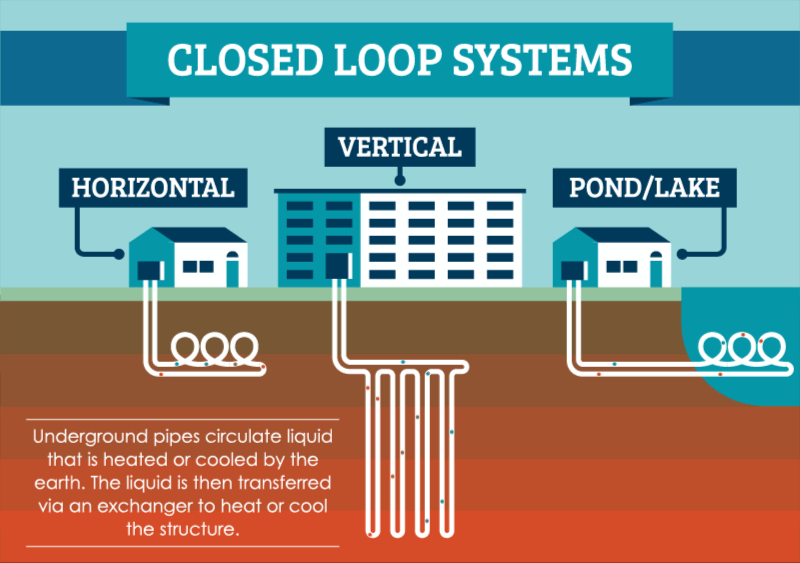

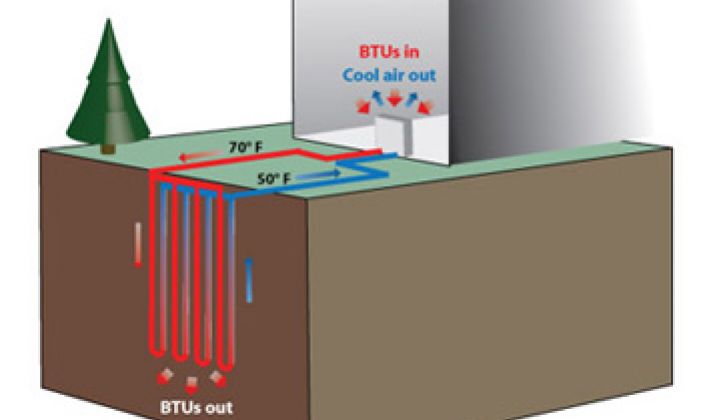


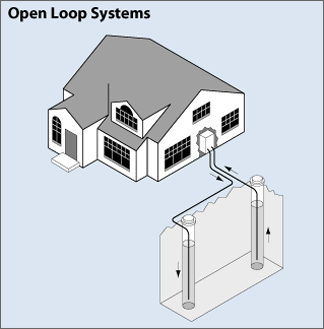
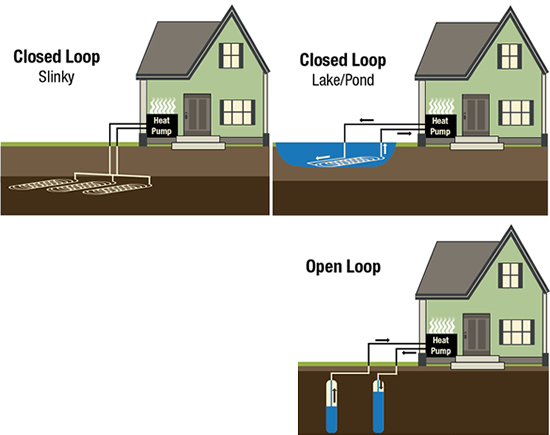

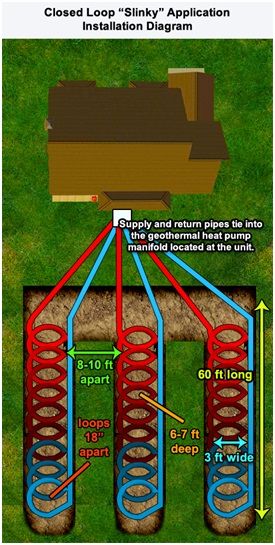
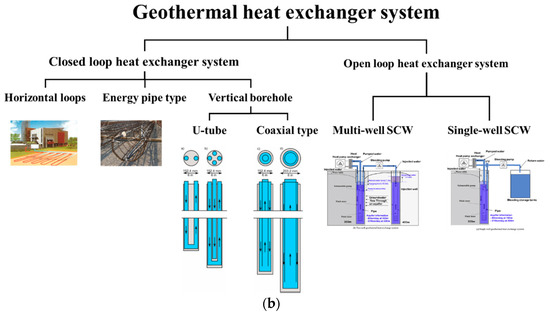


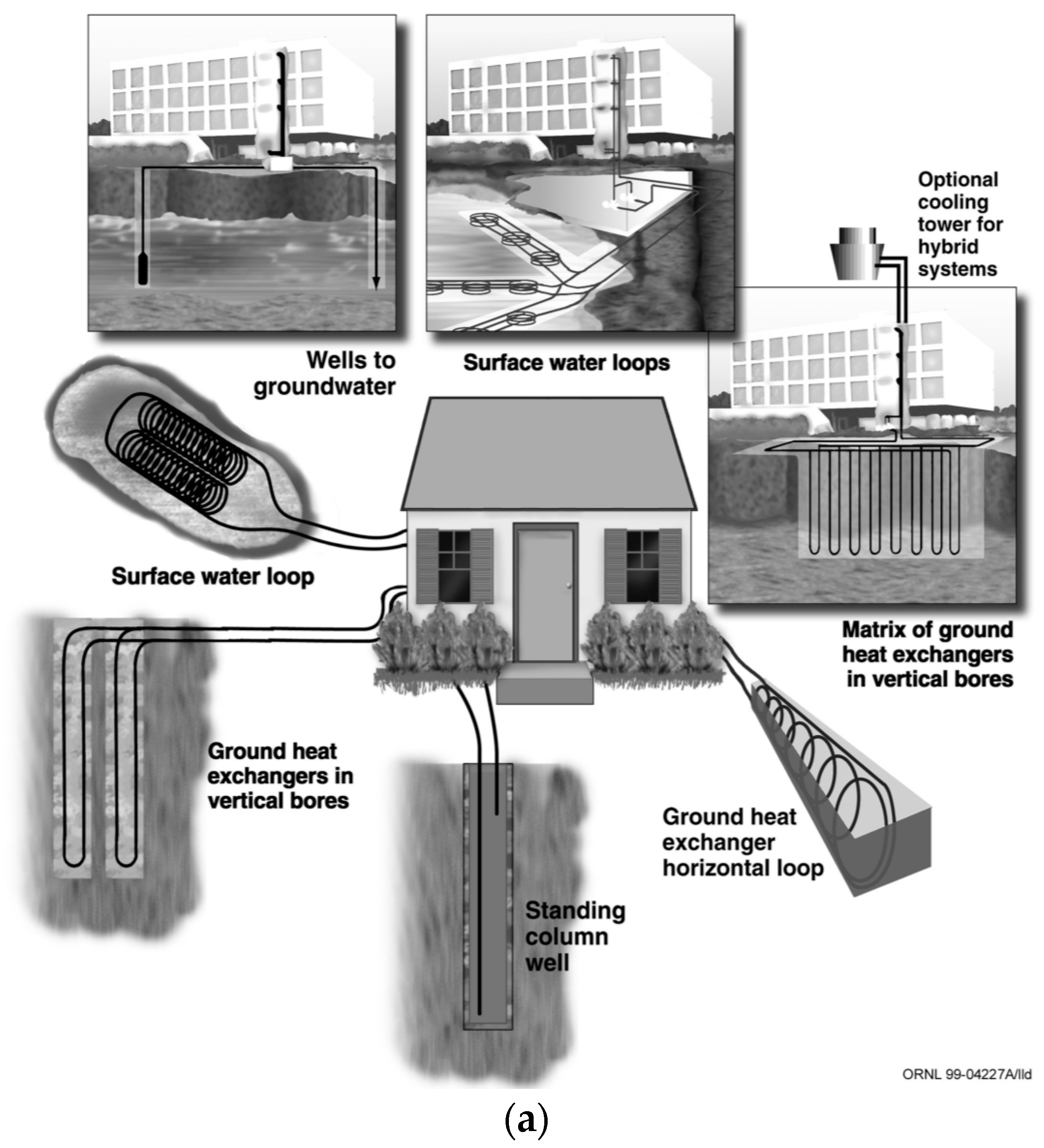


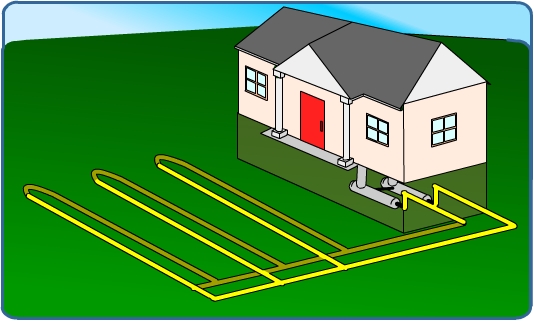





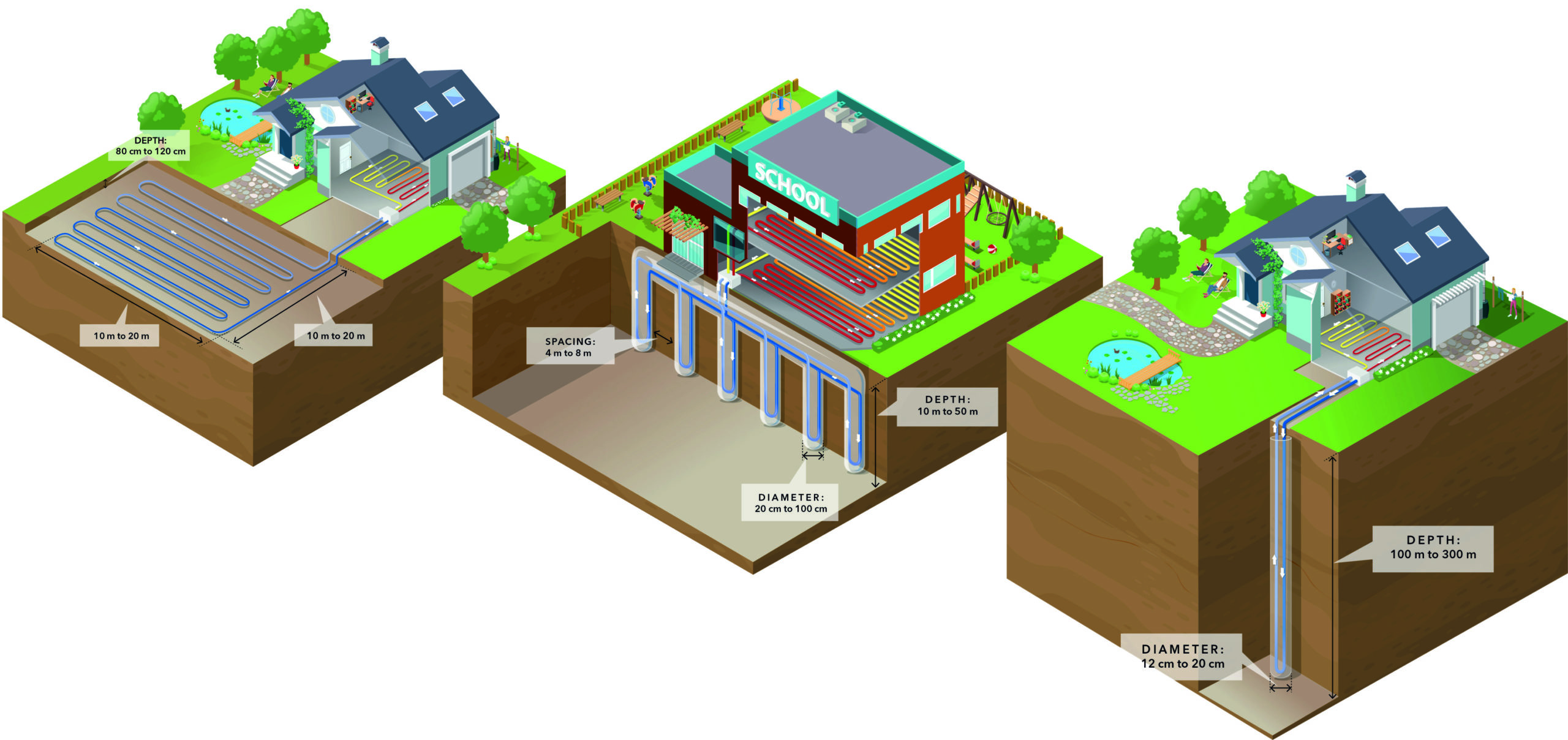
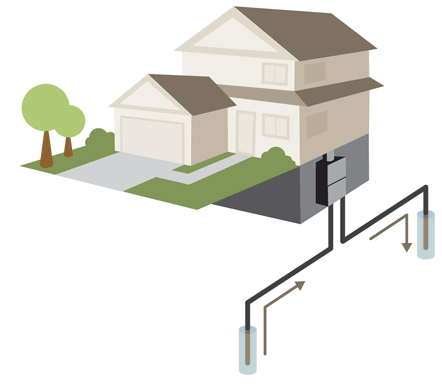
Komentar
Posting Komentar